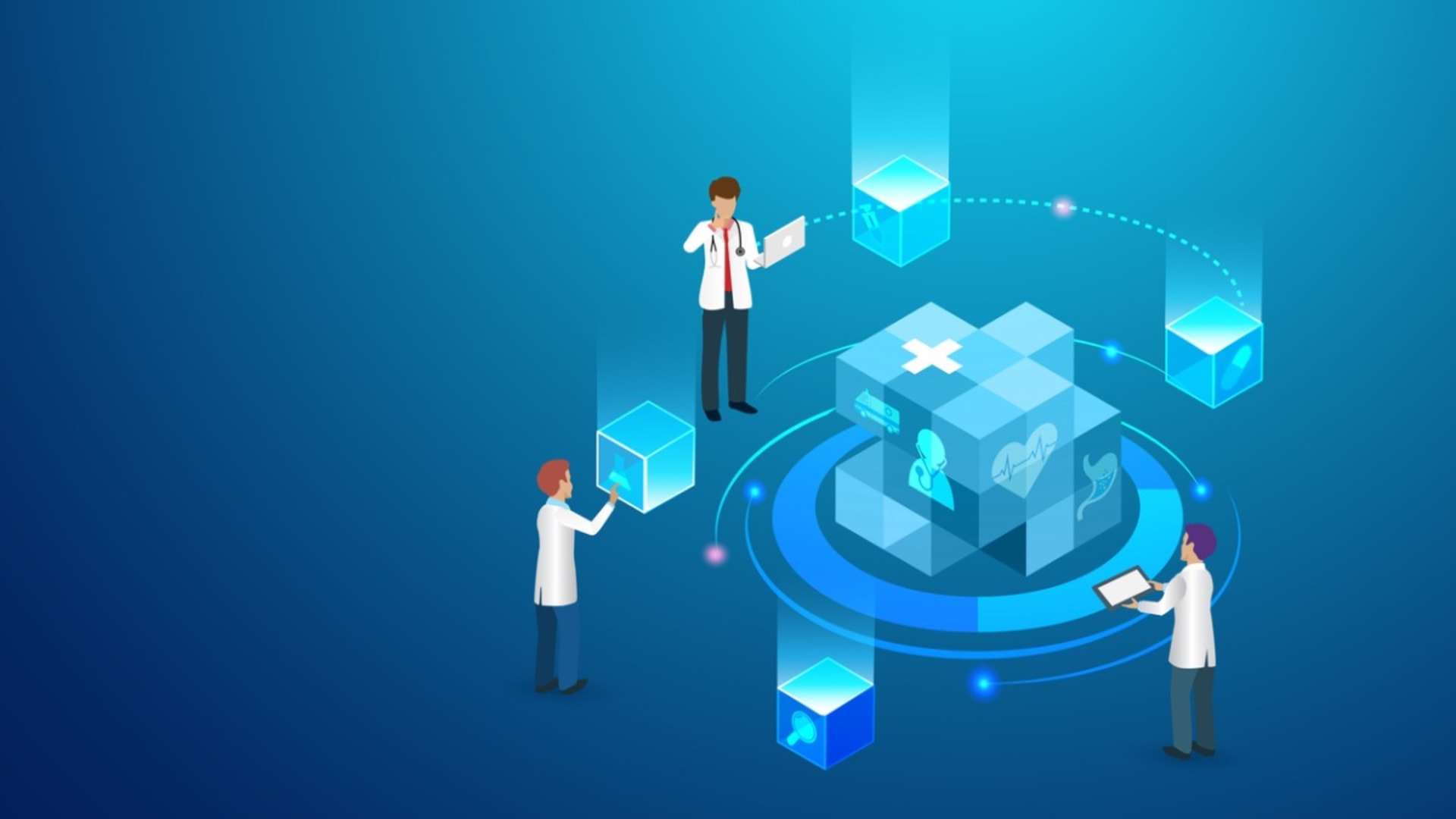Big data has forever changed the way we process, analyze, and glean insights from information. With so much data at our disposal, businesses across industries can make better, more informed decisions.
One area in which big data can play a transformational role is education. This critical sector is primed for change in teaching and learning, institutional decisions, and student success. The use of this data is called learning analytics.
Learning analytics apply concepts that so often play a role in the business world to educational environments, and they can mean real, concrete changes — stronger instructional techniques, greater creativity, better-designed courses, and improved student outcomes.
What Are Learning Analytics?
In today’s digital world, substantial amounts of data are collected about students, educational systems, teaching and learning environments, courses, and other educational aspects. Learning analytics describes analyses performed on this data. By assessing and evaluating the information, educators, and administrators can make decisions to inform strategies to improve student success and achieve additional outcomes, such as innovation and creativity.
Essentially, this lends a quantitative measure to qualitative information. Educational institutions and organizations can use these insights in a number of contexts, from student performance to engagement to institutional change.
6 Ways to Use Learning Analytics
How can learning analytics actually apply to educational systems? These 6 strategies are foundational in supporting students, instructors, and administrators alike.
#1 To Assess Student Progress
Student success is the goal of most educational organizations and initiatives. Using detailed learning analytics, educators and administrators can assess the progress of each individual student. This applies to multiple scenarios, such as students who are struggling and are in need of interventions.
For example, some big data can reveal when students fail to turn in assignments repeatedly or are unable to pass assessments multiple times. This information can allow educators to quickly identify students who are excelling, which, while a positive thing, may indicate that they need to be challenged a bit more. Learning analytics can also reveal patterns, demonstrating, for instance, that certain assessments are too challenging or easy.
#2 To Predict Student Performance and Achievement
Learning analytics don’t only assess and provide insight on current performance, but it can also offer valuable information about future student performance. Predictive analytics can provide important data about how a student will likely do on assessments and other measurement tools based on how they have done in the past. This is useful to help students improve their future prospects. It can also help educators see how well their teaching practices and methods are being applied in the real world.
#3 To Personalize the Learning Experience
Everyone learns differently. By leveraging learning analytics, educators can identify the different methods and modes with which individuals learn best and are most engaged. That allows them to personalize and tailor their teaching plans to the particular learner.
For example, some students may grasp the material quickly, while others take longer to process the information. With this data, educators can pinpoint the variable paces of students’ learning and tailor their solutions accordingly, using the right resources to support their pupils, create lesson plans, offer appropriate feedback, and more.
#4 To Learn About Engagement
Engagement plays a critical role in learning outcomes and student success. And using analytics, educators can find out whether students are engaging in their course content. For instance, they can track how frequently students are logging into platforms they’re supposed to be using or whether they’re tapping into particular digital resources.
They can also see how much time students are spending with the material and resources, assuming the platform in question offers analytics. Both of these factors inform them about how well students are engaging in their courses.
#5 To Support Institutional Strategies and Plans
Administrators at every level, including K-12 and higher education, must justify their decisions to the governing board, policymakers, and other key stakeholders. In order to successfully do so, they need to have concrete data to back their decisions up.
If an institution wants to adopt a new learning system or platform, they need to be able to demonstrate that this tool will help students better engage and succeed — in other words, proving that it will offer a strong return on investment. Learning analytics will help support the decision. The data also holds educators and administrators accountable for the choices they make.
#6 To Help Educators Redesign Lessons and Courses
Sometimes, courses are just in need of an overhaul. How do educators know when it’s time? Learning analytics can indicate that the material is too challenging, too simple, not engaging enough, or otherwise isn’t working. Or, perhaps it needs to be updated to meet the current standards or match the landscape. Alternatively, it might simply not mesh well with the instructor’s teaching style.
Using collected data, educators can make informed decisions about the changes they need to implement in their courses, making them more effective, and useful, and maximizing student understanding and engagement.
We live in a data-fueled world. Education is one of the most important fields in today’s landscape, and when you apply data to teaching and learning, you’ll discover real, meaningful insights to manifest change and improve student outcomes.
BairesDev has experience building and applying data models to a wide range of industries and fields, including education. To find out how we can craft learning analytics platforms to foster change at your business or organization, contact us today. We’ll work with you to build unique solutions tailored to your needs to boost learning outcomes.






